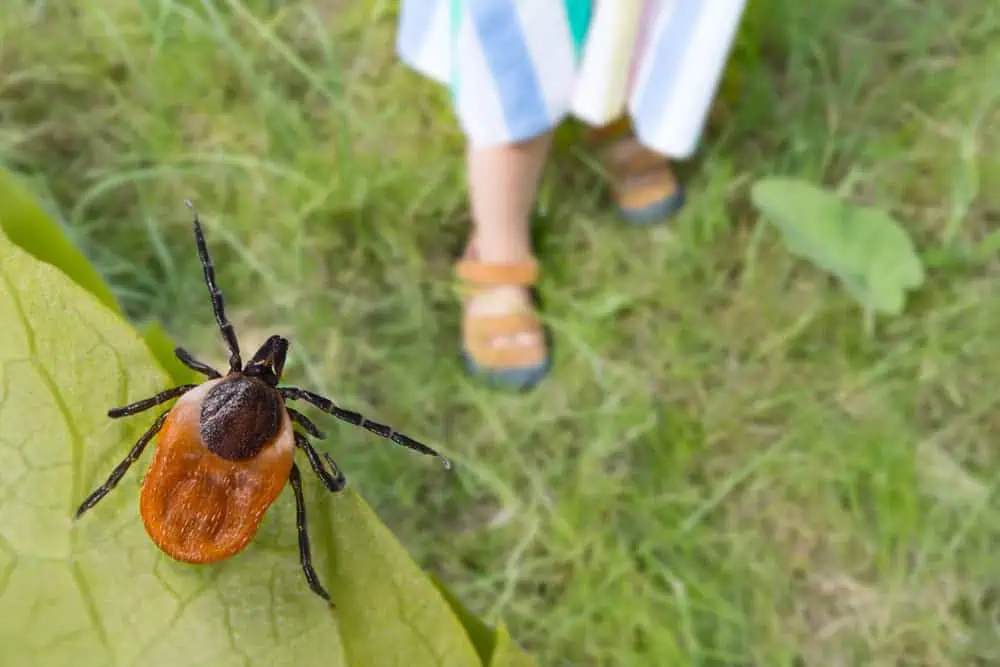Professional tick control that lets your family enjoy the outdoors without worry or fear.

Hear from Our Customers

You’ll walk through your yard without scanning the ground for ticks. Your kids will play outside without you checking their clothes every five minutes. Your dog will run through the grass, and you won’t spend the evening picking ticks off their fur.
The anxiety that comes with every outdoor activity disappears. You’ll actually use that deck you built. Your garden becomes a place of relaxation, not stress.
Most importantly, you’ll sleep better knowing you’ve dramatically reduced your family’s risk of Lyme disease and other tick-borne illnesses. The constant worry about what’s lurking in your own backyard finally ends.
We’ve been protecting Parkdale families from tick infestations for years. We understand how New Jersey’s climate and landscape create perfect conditions for blacklegged ticks, lone star ticks, and American dog ticks.
We’ve seen what happens when homeowners try to handle tick problems themselves. The sprays from the hardware store barely make a dent. The tick tubes and granules help, but they’re not enough for established populations.
That’s why we focus on integrated pest management. We don’t just spray and hope. We identify where ticks are breeding, where they’re hiding, and what’s drawing them to your property in the first place.

First, we inspect your entire property to map tick activity. We’re looking for the spots ticks love most: areas where your lawn meets wooded sections, tall grass, leaf litter, and anywhere moisture collects. These are the places where ticks wait for their next meal.
Next, we apply targeted treatments to these high-risk areas. We’re not carpet-bombing your entire yard with chemicals. We’re using precise applications where ticks actually live and breed. This approach is more effective and uses fewer products.
Finally, we set up a monitoring and maintenance schedule. Tick control isn’t a one-and-done service. We track tick activity throughout the season and adjust our approach based on what we find. You’ll know exactly when we’re coming and what we’re doing to keep your property protected.

Ready to get started?
Every tick control service starts with a thorough property assessment. We identify tick habitats, moisture sources, and wildlife activity that contributes to tick populations. You’ll get a clear explanation of what we found and why ticks are choosing your property.
Our treatment targets the areas where ticks actually spend their time. We focus on transition zones between lawn and landscape, areas under decks and porches, and anywhere organic matter accumulates. We also address the edges of your property where ticks typically enter from neighboring areas.
You’ll receive specific recommendations for reducing tick habitat on your property. Simple changes like keeping grass short, removing leaf litter, and creating barriers between lawn and woodland areas make a significant difference. We’ll show you exactly what to do and what to avoid.
